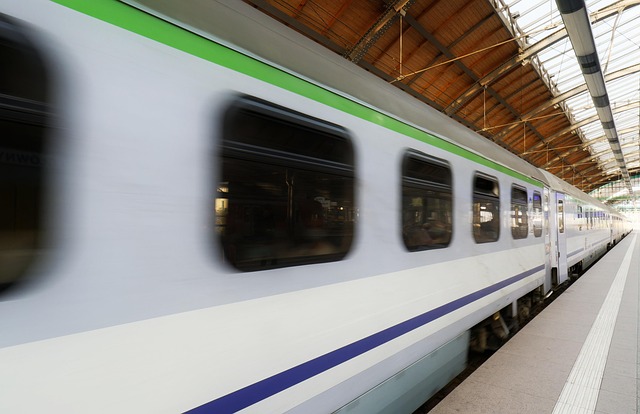Driving Towards a Greener Future: Integrating Sustainable Public Transport for Rural Development
As the world grapples with the pressing challenges of climate change and urban congestion, it’s become increasingly evident that our transportation systems need a transformation. This is particularly true for rural areas, where sustainable public transport mechanisms can play a pivotal role in enhancing connectivity, boosting local economies, and protecting the environment.
The Need for Sustainable Public Transport
Sustainable public transport refers to systems designed to minimize environmental impacts while maximizing accessibility and efficiency. In rural areas, where distances may be greater and population density lower, the adoption of eco-friendly transport options such as electric buses, bike-sharing programs, and community shuttle services is essential. These alternatives not only reduce carbon emissions but also cater to the mobility needs of residents who may not own personal vehicles.
Transport Sustainability: A Pathway to Rural Inclusivity
Integrating sustainable public transport systems fosters inclusivity in rural development. Many rural communities lack reliable means of transportation, resulting in isolation that limits access to jobs, education, and healthcare. By prioritizing sustainable public transport solutions, we can bridge these gaps. For instance, implementing renewable energy-powered buses ensures that even the most remote areas are connected to major hubs, offering residents opportunities for personal and professional growth.
Economic Empowerment through Green Initiatives
Rural development thrives on the backbone of economic empowerment, and sustainable public transport can catalyze this progress. By reducing transportation costs and increasing access to markets, these systems enable local farmers and artisans to reach broader audiences. Furthermore, promoting tourism through well-managed public transport not only showcases the beauty of rural areas but also stimulates local businesses, creating a harmonious balance between economic growth and environmental stewardship.
Community Engagement and Ownership
For sustainable public transport to be truly effective, community engagement is crucial. Involving local residents in the planning and decision-making processes fosters a sense of ownership, ensuring that the solutions implemented respond to actual needs. Workshops and forums can be organized to gather insights and feedback that reflect the collective vision of the community. This participatory approach not only empowers residents but also cultivates a stronger, more connected community.
The Future is Bright
Imagine rural landscapes dotted with clean, electric buses transporting families to school, festivals, and markets, all while nurturing the environment. This vision is not only feasible but essential. As we move towards a greener future, integrating sustainable public transport will be a cornerstone of rural development, aligning economic growth with ecological responsibility. By embracing these forward-thinking initiatives today, we can cultivate a thriving, sustainable tomorrow for our rural communities.




